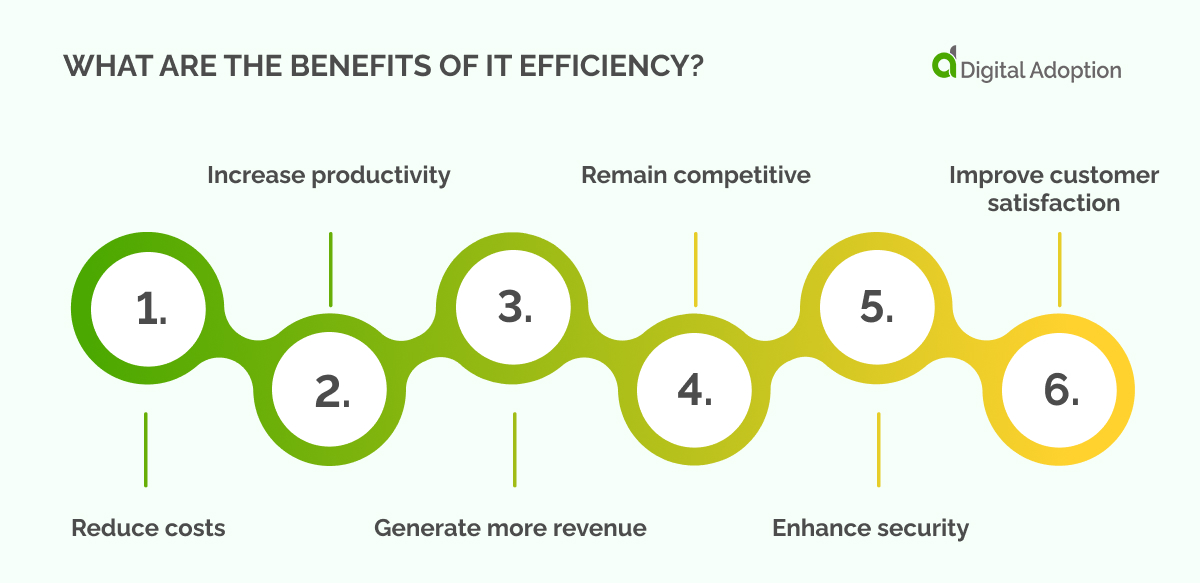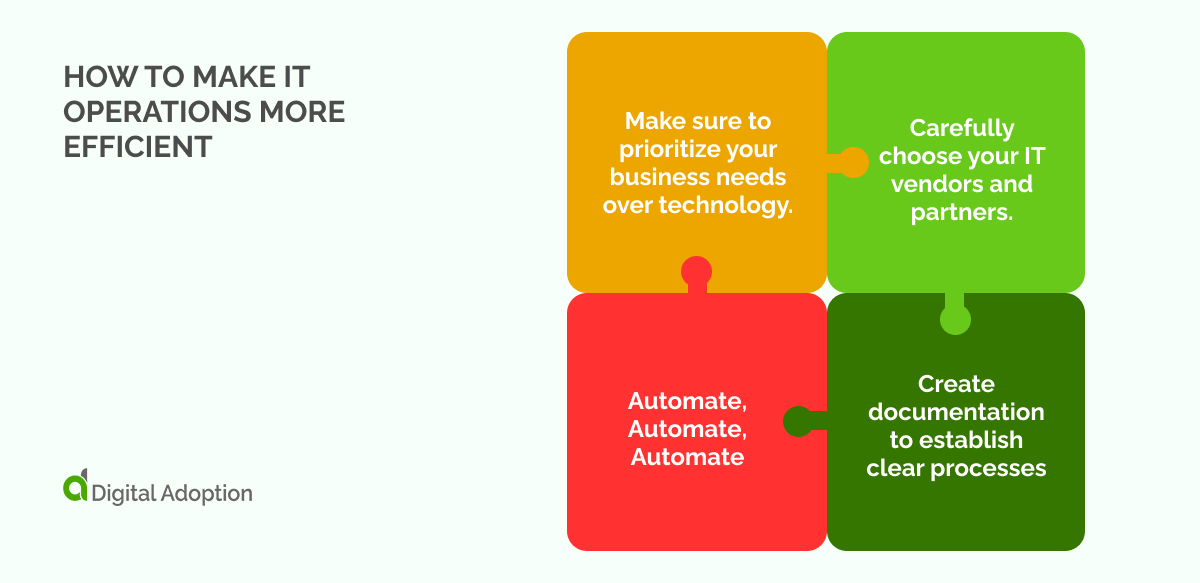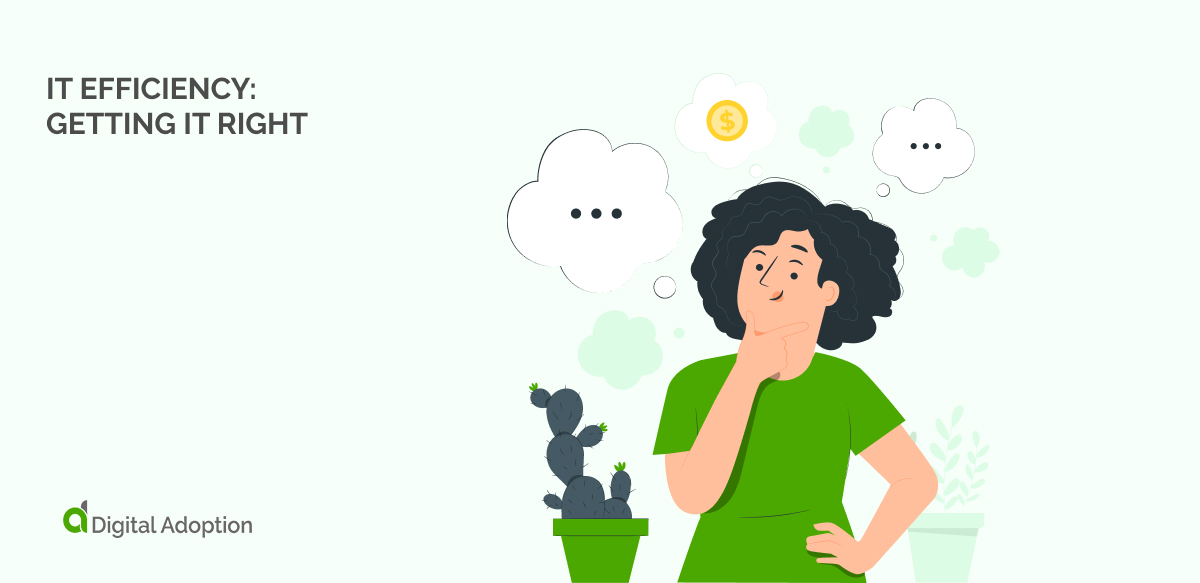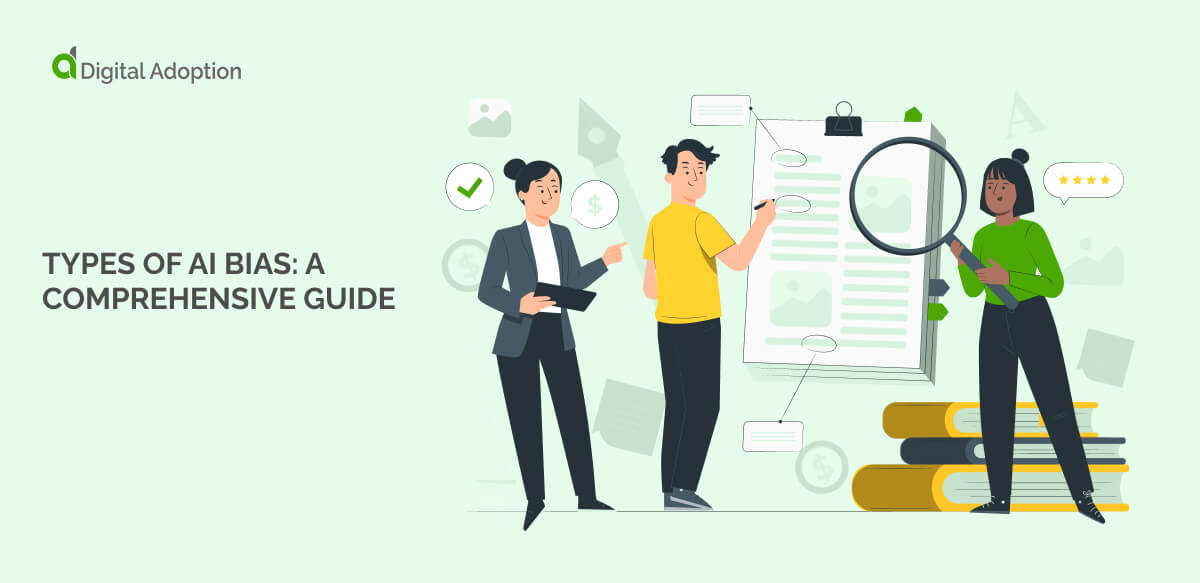Most IT organizations aim for IT efficiency, which means maintaining or improving the quality of IT services while reducing costs–essentially doing more with less.
Gartner reports that organizations need to prioritize smart budget trade-offs, savvy talent strategies, and optimal digital investments to achieve success this year. By leveraging these trends, businesses can drive margin improvement, reduce operating expenditure, improve operational resilience, and capitalize on new growth opportunities of an efficient IT operation.
To meet these expectations, CIOs and IT leaders must establish trust through the delivery of transparent, reliable, and responsive technology.
According to the 2023 State of IT from SWZD, despite the widespread belief that a recession is imminent, most organizations plan to increase their technology spending in 2023.
One key aspect of IT efficiency is leveraging new technologies to optimize business processes and drive innovation. This includes investing in tools and systems that automate tasks, improve data analysis, enhance collaboration, and provide real-time insights into performance.
Just like a computer that runs smoothly with efficient management of hardware and software resources, IT efficiency aims to ensure optimal utilization of resources to achieve better outcomes.
Efficient IT is critical for businesses undergoing digital transformation. Organizations moving away from more traditional operating models require more agile IT systems and processes to keep up with modern business demands.
This article will discuss the importance of IT efficiency and how it can benefit your organization’s bottom line. We’ll also provide tips on achieving greater IT efficiency for your business by leveraging automation, virtualization, and other cost-saving measures.
By focusing on IT efficiency, organizations can achieve greater agility, responsiveness, and competitiveness in the ever-disruptive world of technology.
What is IT efficiency?

IT efficiency can be described as the ability of an IT organization to deliver optimal IT services to a company while minimizing costs. It involves identifying ways to streamline operations and improve productivity, while still maintaining or enhancing the quality of services provided.
IT efficiency can be achieved in several ways, such as adopting automation, leveraging cloud computing and analytics, or optimizing resource utilization. Technology solutions for specific business functions can help organizations streamline processes and optimize costs and resources for maximum performance and efficiency.
Automation tools can also reduce manual labor by automating mundane tasks. Cloud computing provides access to large amounts of data and analytics on demand, allowing organizations to make decisions that can drive growth and profitability quickly.
Optimizing resource utilization can also help reduce expenditure by using existing resources more effectively. This could involve reducing redundant processes or reallocating resources from one project to another.
Why is IT efficiency important?
IT efficiency helps organizations reduce costs while improving their IT processes and services. This makes it an important part of any digital adoption strategy as businesses move away from more traditional operating models.
IT leaders aim for efficiency by optimizing available resources. However, achieving efficiency is challenging, even with careful planning. Often, efforts to enhance efficiency fail to reach expected goals, and vital operations continue to perform poorly.
Improving IT efficiency starts with understanding the current state of IT operations and identifying areas for improvement. Reviewing existing technology investments and ensuring that processes are streamlined and efficient is also essential.
What are the benefits of IT Efficiency?

The benefits of IT efficiency are many. We’ve outlined some of the main advantages below:
Reduce costs – By streamlining IT processes and using automation and virtualization, organizations can reduce their IT costs significantly.
Increase productivity – Organizations can increase their productivity by taking advantage of new technologies and cutting operational inefficiencies.
Generate more revenue – By cutting costs and increasing productivity, businesses can generate more revenue.
Remain competitive – Businesses can remain competitive in an ever-changing market by improving their IT efficiency.
Enhance security – By reducing the number of unnecessary IT components and streamlining processes, organizations can improve their security levels.
Improve customer satisfaction – Businesses can improve customer satisfaction by delivering better services and faster response times.
How does IT efficiency affect the bottom line?
IT efficiency can have a significant impact on an organization’s bottom line. It’s an often overlooked factor in digital transformation strategies, but ensuring businesses remain competitive and profitable is essential.
The broader term of IT efficiency covers a range of processes and technologies, including automation, virtualization, cloud computing, and more. When businesses dig deeper and review their IT processes, they can identify areas where efficiency improvements can be made.
For example, automation can help reduce labor costs, while virtualization reduces the need for hardware and associated costs. These savings can be significant, helping businesses remain competitive in an ever-changing market.
Increasing the bottom line is simple but requires careful consideration and planning. IT efficiency is an important part of any digital transformation strategy, and businesses should look for ways to optimize their operations to maximize profit.
How To Make IT Operations More Efficient

Make sure to prioritize your business needs over technology.
Sometimes we get caught up in the excitement of new technology and want to implement it immediately to reap the rewards. However, it’s important to proceed cautiously and not rush into the latest trend without consideration.
Increased IT efficiency is achieved by selecting tools that aid in the company’s success. For instance, introducing a new ERP system is recommended by IT to improve productivity across the company. This system automates internal processes, freeing employees to concentrate on other projects.
If you overlook business needs and get too excited about technology, IT efficiency can be decreased. The technology may not be used as originally planned or may have glitches because it is new or too expensive for the long-term needs of the business.
Carefully choose your IT vendors and partners.
The efficiency of your IT depends on your IT vendors and partners. It is tempting to make impulsive purchases based on convincing offers, cheap deals, advertising, and reviews.
However, your business’s most suitable product or service should be chosen to avoid long-term issues.
Establishing a solid relationship with your primary IT partners is crucial as they play a critical role in your business’s smooth functioning. These partners are considered strategic allies allowing open communication to convey your business goals and expectations. Collaborating with your IT partners can lead to exploring innovative technologies, processes, and frameworks that benefit your business.
Create documentation to establish clear processes
Although documentation and processes may seem like tedious admin tasks, they are vital to the success of your business. Although it might seem like your productivity is decreasing initially, establishing clear procedures and comprehensive documentation can enhance the speed at which you deal with IT infrastructure problems.
This will lead to increased efficiency in IT operations in the long run. With straightforward documentation and simplified procedures, you can diagnose and fix issues faster, resulting in less downtime.
Consider various IT stakeholders, including technical leads, operators, and end-users. Each group requires specific documentation tailored to their needs. For instance, end-users need documentation on using an application correctly, while configuration and troubleshooting processes are unnecessary.
Here’s a straightforward method for categorizing your employees:
- Technical leads need detailed technical information about systems and applications and their interrelationships. Language Code for Output: EN-US
- IT operators need an administration guide. It should document installation, configuration, and troubleshooting procedures.
- Applications should come with manuals for end-users that explain how to use them to perform tasks related to their job responsibilities.
Automate, Automate, Automate
You may already be aware that automation is crucial for boosting efficiency. IT departments often spend significant time on administrative tasks, hindering progress on bigger projects. Automating such tasks saves time and ensures consistency.
By implementing it, your IT department can deploy new applications and services faster, mitigate security and compliance risks, reduce operating expenses, and free up your IT staff to concentrate on strategic priorities that align with business objectives.
This leads to an increase in IT efficiency, helping you get more value from your IT department. It is important to be aware that automation can malfunction. To avoid issues in the future, make sure to implement checks and documentation. You should also establish a process that identifies and resolves errors quickly.
These are the four essential tips to increase your IT efficiency. By investing in the right technologies and vendors, creating comprehensive documentation, automating tasks when possible, and establishing an efficient process to diagnose and fix issues quickly, you can improve the efficiency of your IT operations.
Doing so will ultimately lead to a better user experience and improved business results.
IT Efficiency: Getting It Right

The key to increasing your IT efficiency lies in understanding your business goals and developing a strategy that aligns with them.
Consider investing in technologies that can help you automate tasks and set up efficient and sustainable processes for long-term success. Additionally, partner with good vendors who can provide essential services, such as data storage and cloud services, allowing your team to work more flexibly.
Finally, create comprehensive documentation and processes to help your IT team diagnose and fix problems quickly. Investing in the right technologies, vendors, and processes can significantly improve the efficiency of your IT operations and lead to increased business results.













